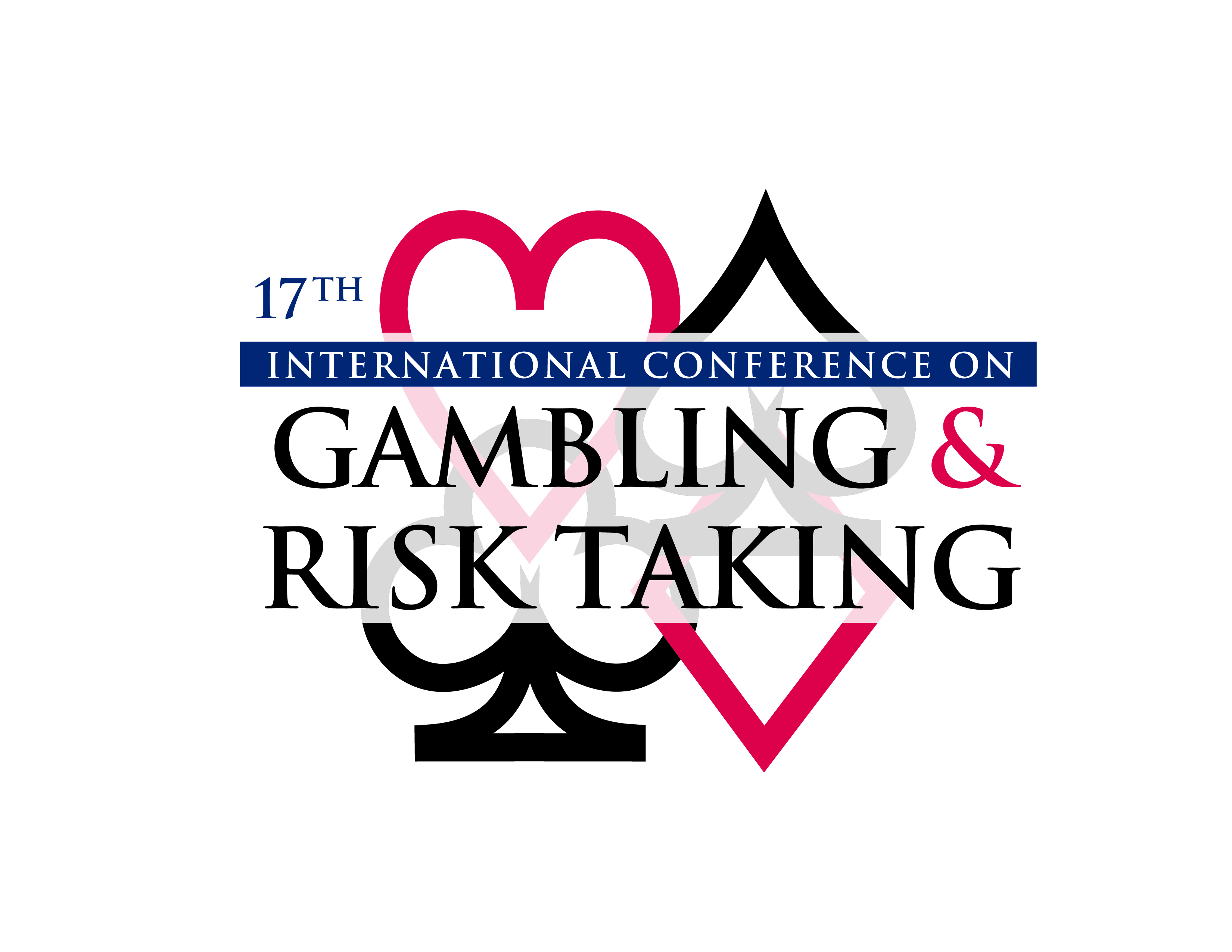Session Title
Session 3-1-D: Gambling Market Case Studies
Presentation Type
Event
Location
Caesars Palace, Las Vegas, Nevada
Start Date
30-5-2019 9:00 AM
End Date
30-5-2019 10:25 AM
Disciplines
Gaming Law | Tourism and Travel
Abstract
Abstract
Gambling and tourism industries have been developed by South American governments as a way of generating jobs and revenues. Of all kinds of gambling activities, casinos are the most commonly associated with the hospitality industry. Hotel and resort casinos can be found in every SA country (Argentina, Bolivia, Chile, Colombia, Ecuador, French Guyana, Guyana, Paraguay, Peru, Suriname, Uruguay and Venezuela) except for Brazil, a two hundred million consumers market that prohibited casinos back in 1946. The purpose of this paper is to better understand the resort casinos evolution in these territories and also to compare legislation aiming to predict what might happen to the Brazilian gaming sector in the future as the issue has been strongly debated. The methodology by using internet data and scientific bibliography is presented in a chronological manner, highlighting the correlation between tourism statistics evolution and the number of resort casinos development in the studied countries for the past 20 years. The findings varied significantly by country, legislation and type of casinos enterprises. And considering that Brazil leads tourism statistics in SA, it can be concluded that hotel-casinos in this continent are more related to destination competitiveness, entertainment and an integrated resort image, rather than international travel arrivals and income.
So what
The originality of this presentation is to identify turning points that have helped to shape the development of South America gambling and tourism industry, so encourages researchers and legislators to compare and to consider future scenarios concerning to the role of these economic activities in each country.
Keywords
Gambling; Tourism; Resort Casino; Legislation; South America.
Gambling and Tourism in South America: an analysis of resort casinos evolution and legislation comparison in the continent
Caesars Palace, Las Vegas, Nevada
Abstract
Gambling and tourism industries have been developed by South American governments as a way of generating jobs and revenues. Of all kinds of gambling activities, casinos are the most commonly associated with the hospitality industry. Hotel and resort casinos can be found in every SA country (Argentina, Bolivia, Chile, Colombia, Ecuador, French Guyana, Guyana, Paraguay, Peru, Suriname, Uruguay and Venezuela) except for Brazil, a two hundred million consumers market that prohibited casinos back in 1946. The purpose of this paper is to better understand the resort casinos evolution in these territories and also to compare legislation aiming to predict what might happen to the Brazilian gaming sector in the future as the issue has been strongly debated. The methodology by using internet data and scientific bibliography is presented in a chronological manner, highlighting the correlation between tourism statistics evolution and the number of resort casinos development in the studied countries for the past 20 years. The findings varied significantly by country, legislation and type of casinos enterprises. And considering that Brazil leads tourism statistics in SA, it can be concluded that hotel-casinos in this continent are more related to destination competitiveness, entertainment and an integrated resort image, rather than international travel arrivals and income.
So what
The originality of this presentation is to identify turning points that have helped to shape the development of South America gambling and tourism industry, so encourages researchers and legislators to compare and to consider future scenarios concerning to the role of these economic activities in each country.

